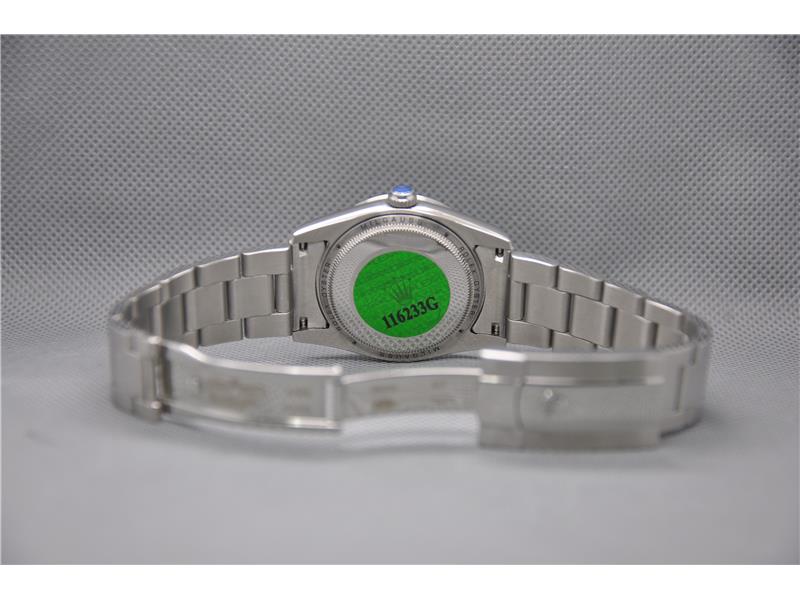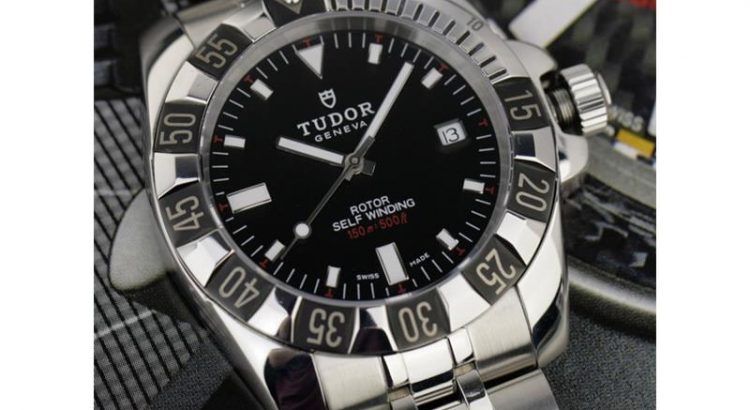A Sealab diver reported the problem to Rolex and suggested adding a pressure-relief valve to safely release the helium gas seep into the watch. Rolex then developed its helium escape valve, which will be used by many other branded watches. 
Rolex got down to working with the French diving specialist Comex in the early 1970s and supplied watches to all Comex divers, who then shared their experiences and helped with the ongoing development of the watches. Comex laid underwater cables, took care of diving work on oil rigs, and salvaged shipwrecks. In the process, they developed their own special tools and experimented with breathing mixtures of gases.
Comex set various depth records and a Rolex replica Sea-Dweller was on the wrists of their divers as they subjected themselves to each torturous trial. In 1972, two divers withstood 50 hours in a pressurized chamber measured at 610 meters deep. Later, Comex employees worked in the ocean at more than 500 meters, and in 1992, a Comex diver achieved a depth of 701 meters inside a pressure chamber. What Comex really needed was the Sea-Dweller with its three times higher water resistance and a helium escape valve.
In the mid-1960s, Rolex supplied Comex with particularly equipped Submariner models to test the helium escape valve. Today, these “Rolex Comex” watches (Ref. 5514) are as expensive as they are rare. The Sea-Dweller went into mass production in 1967, equipped with a helium escape valve. The new model was able to withstand pressure to a depth of 610 meters. It remained similar in design to the Submariner. With a current diameter of 43 mm and a height of 15 mm, and with the replica Rolex Cyclops date magnifier, the watch looks much like an enlarged Submariner but with continuous 60-minute markers on the divers bezel and red lettering on the dial.
The maximum depth limit remained unchanged until 2008 when the Deepsea model was introduced with a water resistance of 3,900 meters. Rolex has developed an entirely new casing design to ensure that the watch is not too big despite its huge water resistance. Its patented “Ringlock” system consists of three factors that can take the pressure: a 5.5-mm-thick sapphire crystal, a 3.28-mm grade 5 titanium case back, and an inner ring made of BioDur 108 steel. The system is surrounded by a 904L steel Rolex in the use case. The titanium case is fitted with the pressure of the inner ring through the 904L rebar case ring.
